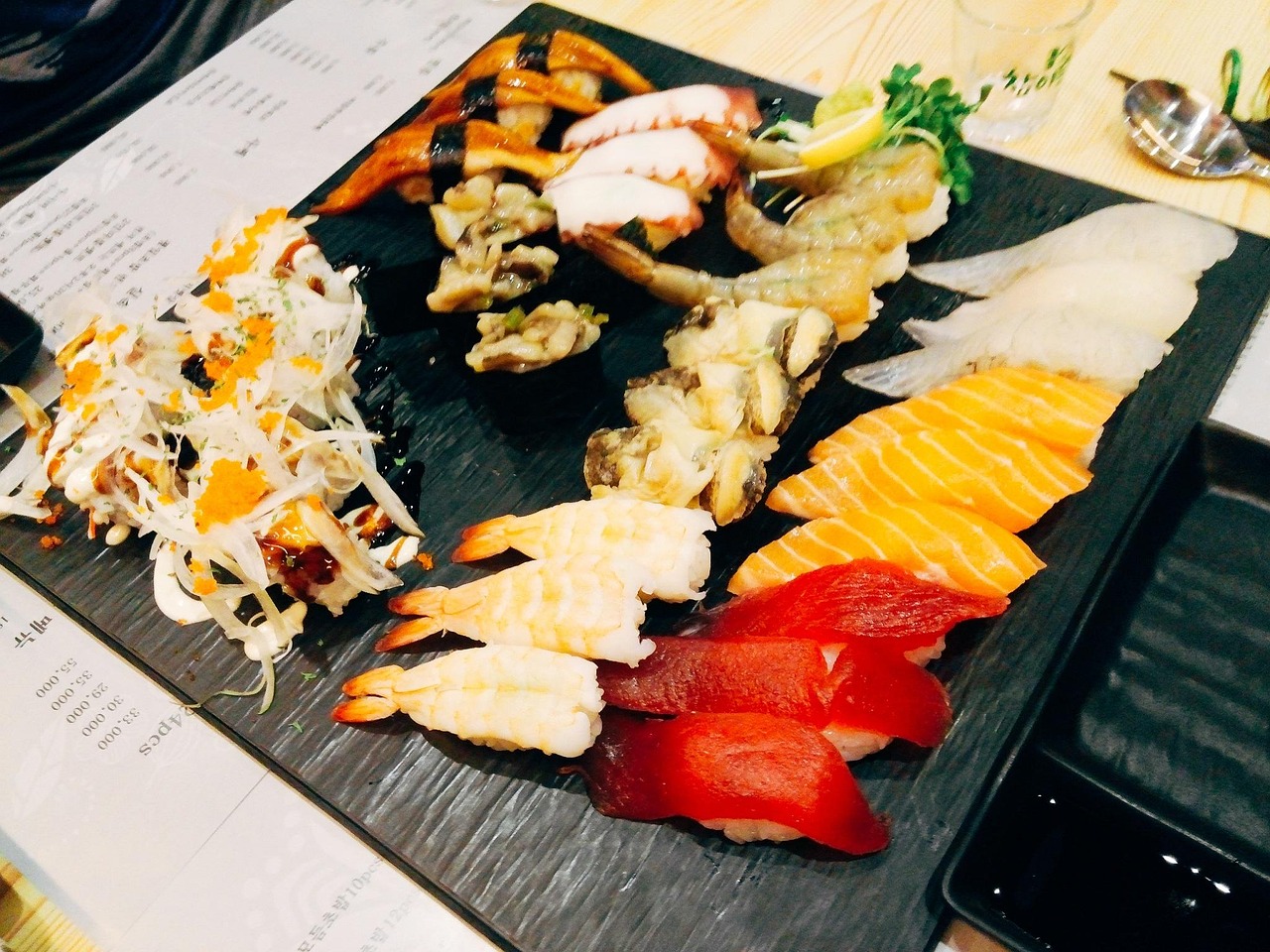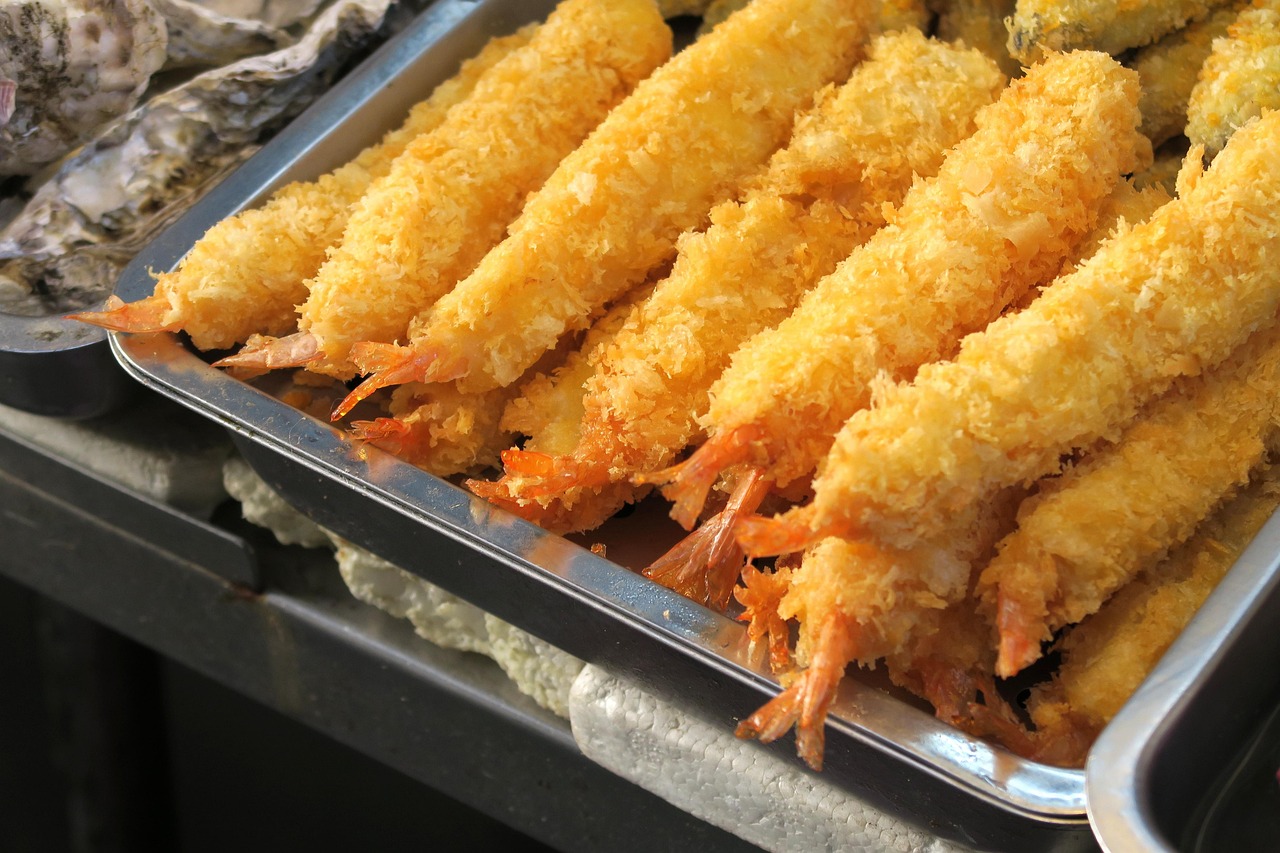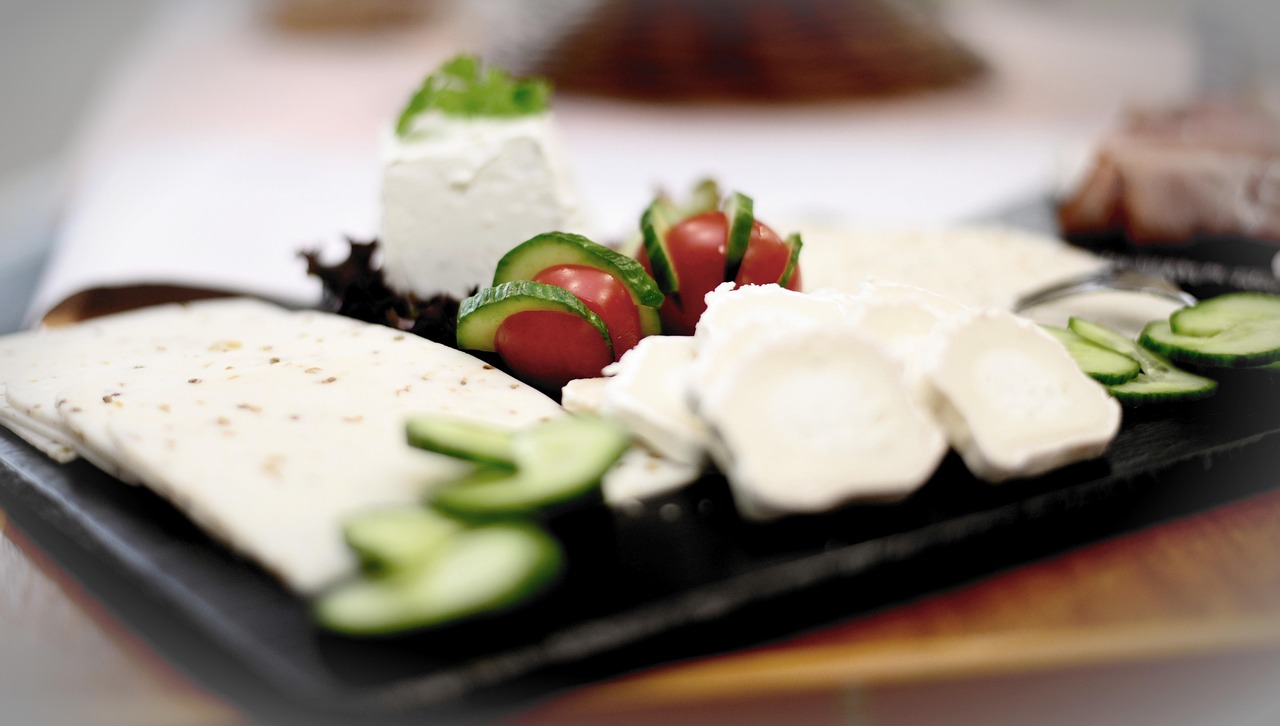本文深入探讨了中国传统文化中丰富多彩的美食。中国菜以其独特的风味、烹饪技巧和食材选择而闻名于世。文章详细介绍了中国四大菜系:川菜、粤菜、鲁菜和苏菜,它们各具特色,展现了中国菜的多样性。还讨论了中国菜在节日和特殊场合中的重要性,以及其在现代世界中的地位。中国传统美食不仅是一种味觉享受,更是中华文化的重要组成部分。
Chinese cuisine, with its millennia-old history, is a culinary treasure trove that reflects the diverse cultures, climates, and agricultural practices across the vast expanse of China. From the spicy kick of Sichuan dishes to the delicate flavors of Cantonese dim sum, Chinese traditional food is a symphony of tastes, textures, and aromas that have captivated palates worldwide. In this article, we will delve into the heart of Chinese gastronomy, exploring some of the most iconic dishes and the philosophies behind them.
Peking Duck (北京烤鸭)
Perhaps one of the most famous dishes to come out of China, Peking Duck is a symbol of Beijing's culinary heritage. The dish involves roasting a duck to a golden brown, with the skin becoming crispy while the meat remains tender and juicy. It is traditionally served with thin pancakes, scallions, cucumber, and sweet bean sauce, allowing diners to create their own wraps. The art of preparing Peking Duck requires skill and precision, with the duck being hung in a special oven and roasted over fruit tree wood, which imparts a unique smoky flavor.
Dumplings (饺子)
Dumplings, or "Jiaozi," are a staple in Chinese cuisine, particularly during festivals and family gatherings. They are made by wrapping a filling of minced meat and vegetables in a thin dough skin, which is then pleated and boiled, steamed, or pan-fried. Dumplings symbolize wealth and prosperity due to their resemblance to ancient Chinese gold ingots. The variety of fillings is vast, ranging from pork and cabbage to more exotic combinations like shrimp and chive flowers. Dumplings are not just about the taste; they are also a cultural experience, often made by hand and shared among family members.
Hot Pot (火锅)
Hot pot is a communal dining experience where diners cook slices of meat, seafood, vegetables, and noodles in a simmering pot of broth at the table. The broth can vary from mild and滋补 (nourishing) to spicy and fiery, catering to different tastes. The interactive nature of hot pot dining makes it a social event, with friends and family selecting their ingredients and cooking them to their preferred doneness. The custom of hot pot dates back to the Han Dynasty and continues to be a beloved way to enjoy a meal in the company of others.
Congee (粥)
Congee, or "Zhou," is a comforting rice porridge that has been a part of Chinese breakfast culture for centuries. It is made by simmering rice with water or broth until it reaches a creamy consistency. Congee can be enjoyed plain or with a variety of toppings such as pickled vegetables, shredded chicken, century egg, or fried dough. It is not only a simple and nourishing dish but also believed to have medicinal properties, making it a popular choice for those who are unwell or seeking a gentle start to the day.
Sichuan Cuisine (川菜)
Sichuan cuisine, originating from the Sichuan province, is renowned for its bold and pungent flavors, with the liberal use of garlic, chili peppers, and the unique Sichuan peppercorn, which gives a numbing sensation to the tongue. Dishes like Mapo Tofu (麻婆豆腐), a spicy tofu dish with a rich bean-based sauce, and Kung Pao Chicken (宫保鸡丁), a stir-fried chicken dish with peanuts and chili peppers, are examples of the fiery and complex flavors that Sichuan cuisine is known for. The art of balancing spiciness with other flavors is a hallmark of Sichuan cooking.
Cantonese Dim Sum (粤式点心)
Dim sum is a style of dining originating from the Guangdong region, where small, bite-sized portions of food are served in steamer baskets or on small plates. Traditionally enjoyed during morning tea times, dim sum includes a wide array of dishes such as Har Gow (shrimp dumplings), Siu Mai (pork and shrimp dumplings), and Char Siu Bao (barbecue pork buns). The social aspect of dim sum is integral, with families and friends gathering over tea and a selection of these delicacies, which are often ordered by pointing to them on a menu or selecting them from a trolley.
Braised Pork Belly (红烧肉)
Braised Pork Belly, or "Hong Shao Rou," is a classic home-cooked dish that is slow-cooked until the pork is tender and the sauce is thick and glossy. It is a dish that requires patience and time, with the pork being braised in soy sauce, sugar, and various spices until it reaches a perfect balance of sweet and savory flavors. This dish is a staple in many Chinese households and is often associated with comfort and the flavors of home.
Noodles (面条)
Noodles are a significant part of Chinese cuisine, with each region having its own unique styles and preparations. From the hand-pulled noodles of Lanzhou to the knife-cut noodles of Shanxi, noodles are a versatile and beloved staple. They can be served in a variety of ways, from cold with a sesame dressing to hot in a hearty broth with meat and vegetables. Noodles are also symbolic, often associated with longevity, making them a popular choice for birthday celebrations.
In conclusion, Chinese traditional cuisine is a rich tapestry woven with the threads of history, culture, and flavor. Each dish tells a story, from the meticulous preparation of Peking Duck to the communal warmth of hot pot. As you explore these dishes, you are not just tasting food; you are experiencing the heart of China, one bite at a time. Whether you are in China or sampling these dishes in restaurants around the world, the essence of Chinese cuisine is a journey through the country's diverse landscapes and the souls of its people.









 京公网安备11000000000001号
京公网安备11000000000001号 闽ICP备2023004937号-3
闽ICP备2023004937号-3